Iranians do not need a restoration of the shah
Replacing the Islamic Republic with the old, corrupt regime is not a viable option.
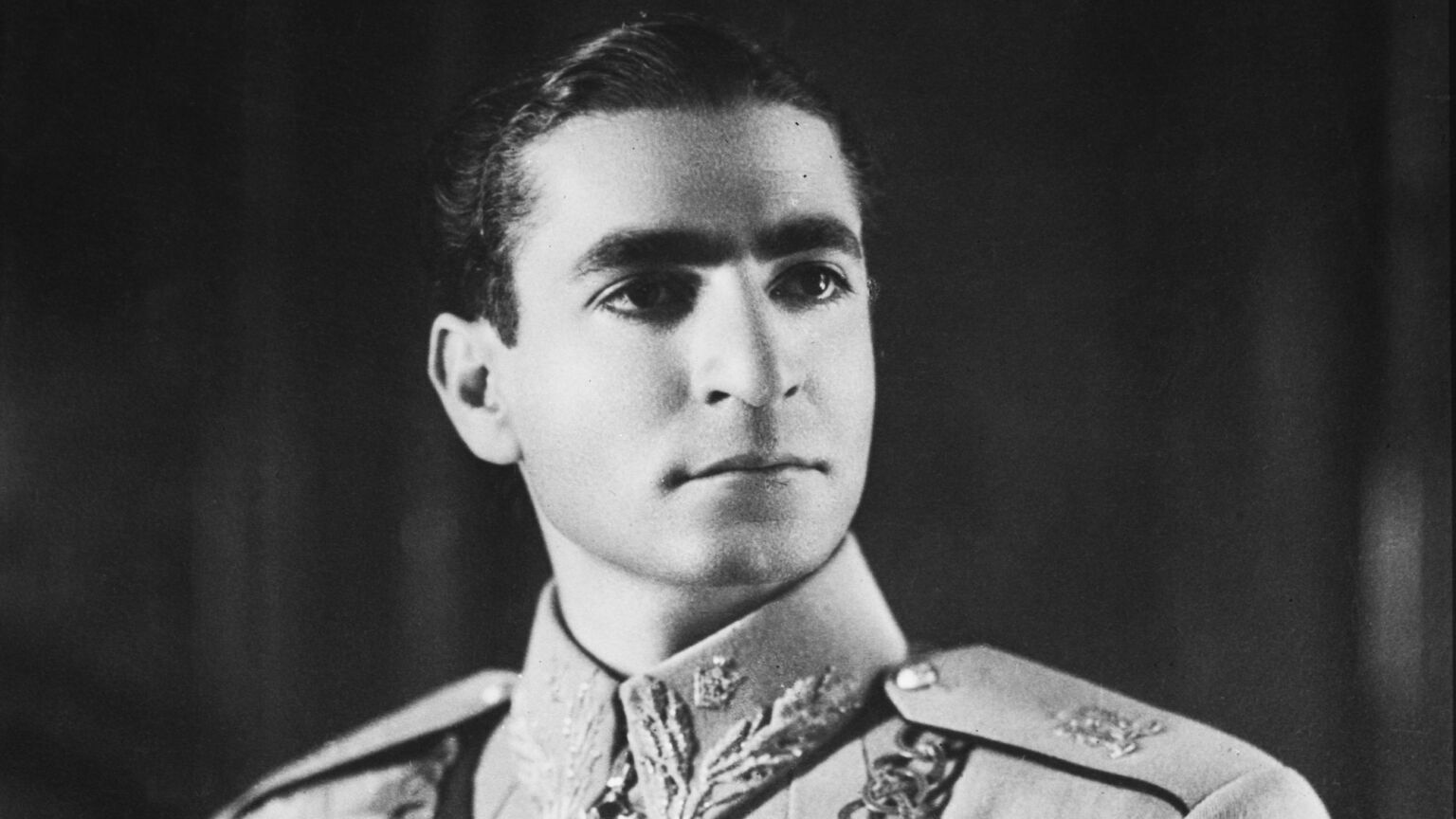
Want unlimited, ad-free access? Become a spiked supporter.
As global anger towards Iran’s Islamic Republic grows – especially among the Iranian diaspora – a dangerous nostalgia for Iran’s last monarch, Mohammad Reza Pahlavi, has resurfaced. The shah is being increasingly reimagined as a progressive moderniser, a misunderstood leader who supposedly propelled Iran into modernity, only to be toppled by religious fanatics.
Unsurprisingly, one of the most prominent supporters of this view is the shah’s son, Reza Pahlavi. As Israeli and American bombs fell on Iran in June, Pahlavi declared that Iran had arrived at its ‘Berlin Wall moment’. He promised to lead a ‘free and democratic Iran, living at peace with our neighbours’, if Iranians overthrew the Islamic Republic. Pahlavi, who has lived in exile in America since the overthrow of his father’s regime in 1979, was cheered on by Donald Trump and Israeli prime minister Benjamin Netanyahu.
Unfortunately for Pahlavi, Iranians have longer memories than he seemingly does. To present the monarchy as a preferable alternative to the current regime is not only historically inaccurate, it ignores a critical detail. Namely, that the Islamic Republic’s architecture of repression was built on the shah’s foundations. Iran’s feared security apparatus – its instruments of surveillance, torture and centralised control – did not emerge spontaneously in 1979. Its blueprints can be found under the shah’s rule.
The pre-1979 regime epitomised tyranny in every meaningful respect. Power resided exclusively with an unelected monarch. Dissent was crushed by the Bureau for Intelligence and Security of the State (SAVAK), a secret police force that, by the end of the shah’s reign, was infamous for its brutality. Political freedoms were nonexistent. Critics faced censorship, imprisonment, torture and execution.
SAVAK’s methods were notorious for their cruelty. After the fall of the shah, one former security chief admitted to murdering dozens of dissidents and torturing hundreds more. One of SAVAK’s murders very likely occurred on UK soil, when prominent intellectual Ali Shariati was found dead in Southampton, two months after fleeing his homeland. Indeed, the brutal legacy of Iran’s SAVAK continues to haunt its many victims to this day. Parviz Sabeti, the deputy head of SAVAK under the shah in the 1970s, was hit earlier this year with a multimillion-dollar lawsuit by Iranian exiles, who claim he subjected them to years of torture.
The rule of the shah proved that repression under a secular banner can be just as vicious as under a religious one. While the Islamic Republic expanded ideological persecution to women, minorities and religious dissidents, it was the shah’s Western-backed regime that pioneered the industrialisation of inhuman punishment.
Repression and fear were just some of the means by which Iranians suffered under the Pahlavi monarchy. Despite its leaders projecting a façade of modernity, which included Western architecture and relative equality between the sexes, profound inequality and injustice festered just beneath the surface. A tiny elite monopolised oil wealth, enjoyed imported luxuries and travelled widely. Most Iranians, however, languished in poverty, and were denied access to adequate education or healthcare. Rural areas in particular were catastrophically neglected.
The shah’s much trumpeted economic ‘development’ only served to entrench power and enrich cronies, not empower citizens. In 1979, a report from the New York Times found that the shah had misappropriated $1 billion before his overthrow. The shah didn’t modernise Iran equitably – instead, he deepened resentment and ignited the tinderbox of revolution.
None of this makes the case for the Islamic Republic. Rather than dismantle the shah’s machinery of oppression, the Ayatollah Khomeini and his predecessor, Ali Khamenei, absorbed and expanded it. SAVAK’s infrastructure, personnel and techniques became core components of the new regime’s security apparatus. The shah forged the very tools of repression his successors wield with even greater ruthlessness.
Tyranny is tyranny, regardless of whether it wears a crown or turban. The core malignancy isn’t the flavour of despotism – it’s despotism itself.
There is another profound danger posed by Pahlavi nostalgia. It manufactures a false binary: monarchy or mullahs. Iranians deserve far more than this grim choice. They deserve a future grounded in genuine self-determination, free expression and pluralism, not another top-down autocracy imposed in the name of ‘order’ or ‘modernity’.
From Western capitals, it’s easy to romanticise the shah’s era. Dictators often soften in memory when the present is unbearable. But Iran’s protest movements aren’t clamouring for a Pahlavi restoration. They demand an end to authoritarian rule, full stop. That is the cause worth championing.
Étienne Verité is a writer.
You’ve read 3 free articles this month.
Support spiked and get unlimited access.
Help us hit our 1% target
spiked is funded by readers like you. It’s your generosity that keeps us fearless and independent.
Only 0.1% of our regular readers currently support spiked. If just 1% gave, we could grow our team – and step up the fight for free speech and democracy right when it matters most.
Join today from £5/month (£50/year) and get unlimited, ad-free access, bonus content, exclusive events and more – all while helping to keep spiked saying the unsayable.
Monthly support makes the biggest difference. Thank you.
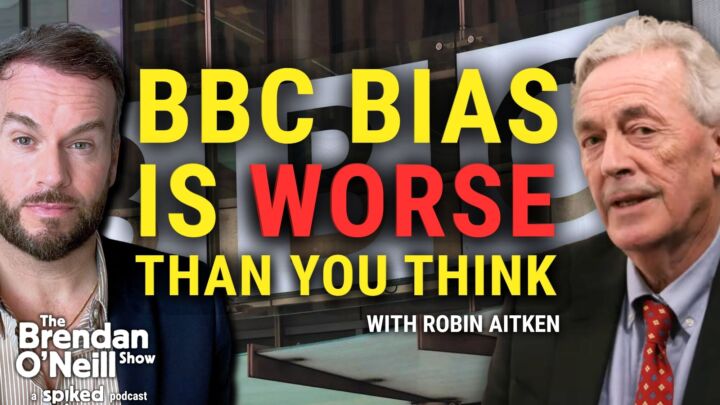

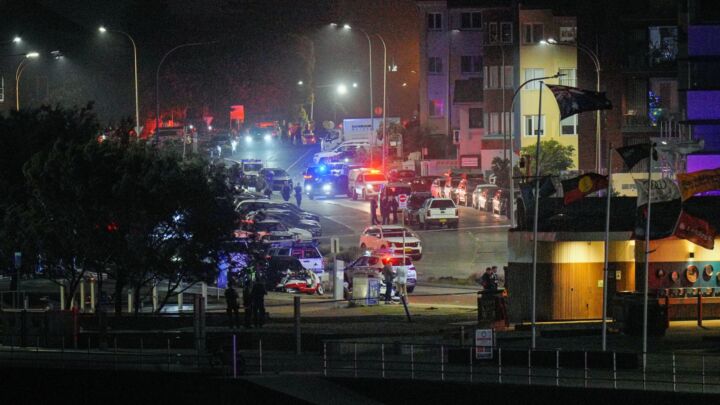




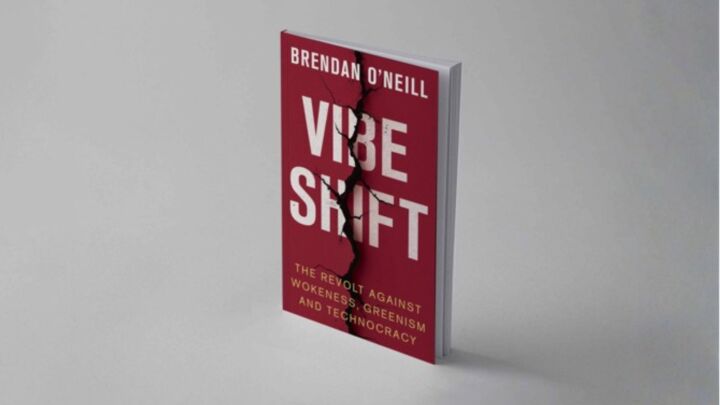
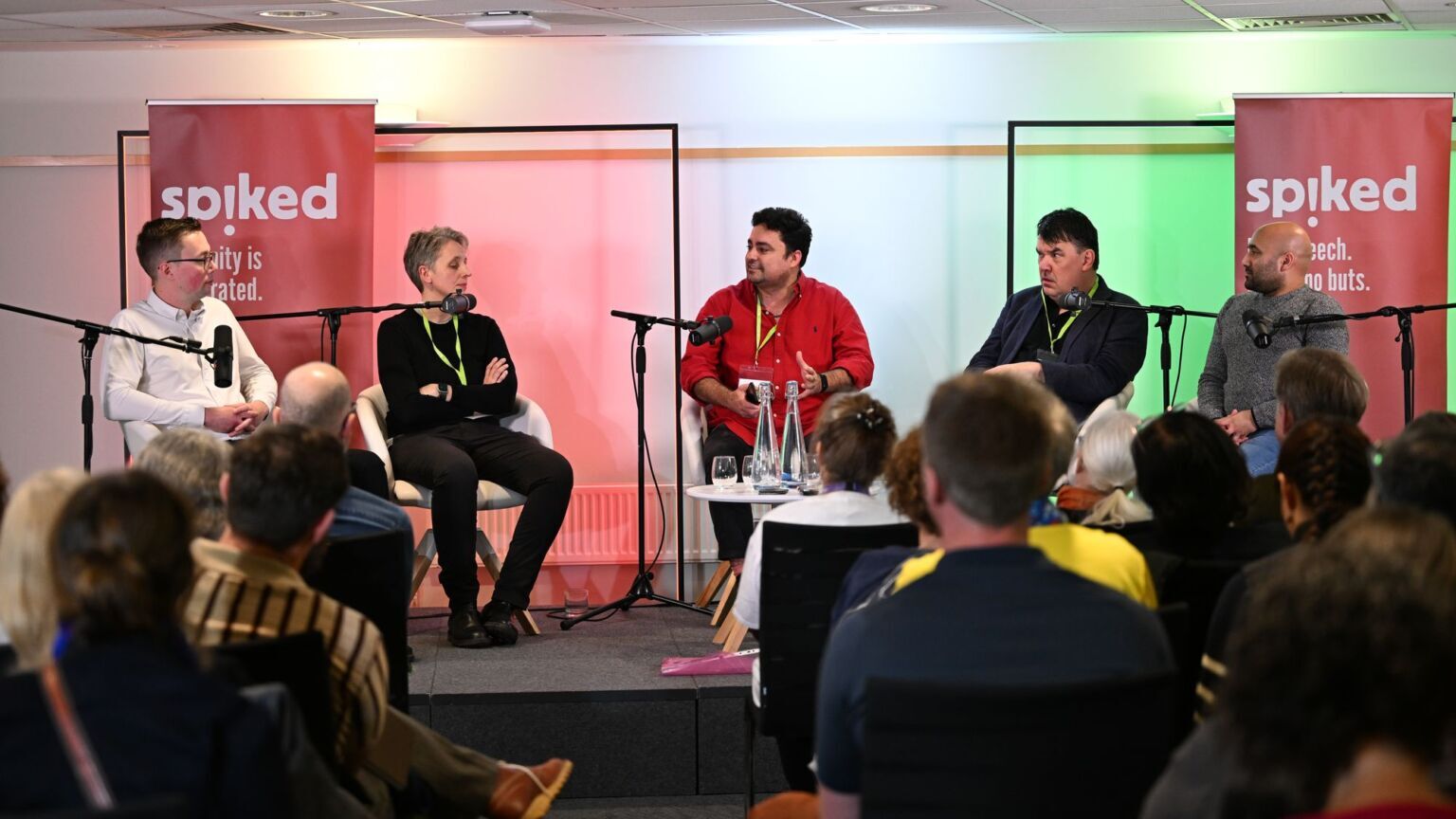
Comments
Want to join the conversation?
Only spiked supporters and patrons, who donate regularly to us, can comment on our articles.